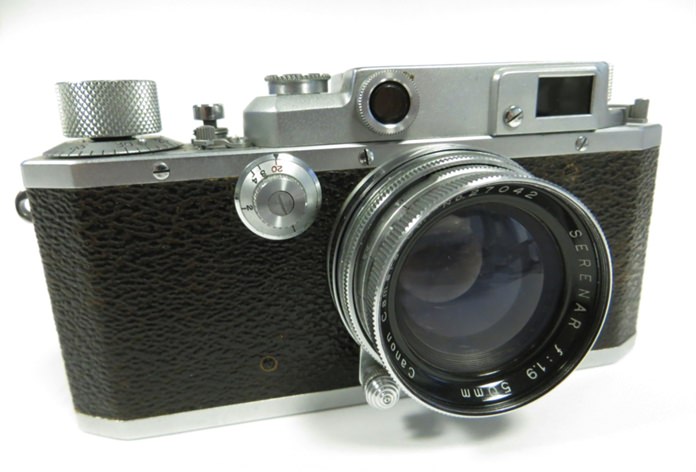
This week’s column is dedicated to those of you that have just got a new DSLR. Especially if this DSLR is your first camera.
Cameras do need looking after, and today’s cameras, even in the consumer range, are no longer cheap. It is difficult to find any half-decent DSLR camera under 20,000 baht and even the better point and shooters are around 10,000 baht. Your camera represents a substantial investment – look after it.
The first items to get with the camera are a blower brush, a pack of microfiber cloths and some lens-cleaning fluid. These items are particularly important if your camera has a removable lens, as dirt and abrasive grime can enter the camera every time you unship the lens.
How many times have you got a small piece of grit in your eye? Often, I will wager. Small particles such as that can be very bad for the lens focussing and zooming mechanics too. When the camera is “open”, this is a potential threat. Always try to change lenses in a clean environment
DSLR and mirrorless camera owners who change lenses on a regular basis will find that, over time, blobs will appear in photos. That means you’ve got dust on your sensor, and it is time for a cleaning. You can do a simple “dry cleaning”. Warning! You will need a steady pair of hands.
Other threats to your camera are moisture and condensation and are the easiest ones to counter, but the dampness comes from more than just being caught out in the rain. Thailand is a hot and humid environment. How many times have you taken your camera outside and found you could not see through the viewfinder because it had steamed up? That is condensation. The best answer here is to keep small sachets of silica gel in your camera bag, or in the little “socks” you keep the lenses in. When the silica gel changes color you can pop them back in the micro-wave and rejuvenate them very easily. Many bottles of tablets come with perfect little sachets in the top of them too.
There will also be times when you get caught in the rain, or you may even want to get rain shots. The camera body is reasonably water proof, but you should carefully wipe the outside of the case dry afterwards, and especially blow air around the lens barrel and the lens mount.
After water, the next threat is being dropped. Most larger cameras come with a strap in the box, but they’re often cheaply made and function as little more than free advertising for camera makers. In more dangerous settings, they’re also a great way to advertise to thieves that you are carrying a Nikon or Canon. Get a good, sturdy after-market strap, and always use it.
The camera is not safe just because it is in a camera bag either. Many cheap camera bags do not have cushioning inside. Buy an expensive one. With camera bags, you get what you pay for!
Corrosion is one condition that can kill a camera, and all cameras these days have a battery, the source of corrosion when they leak. Check your batteries regularly, with rechargeable ones kept fully charged and when it seems that the battery loses its charge very quickly, it is time to get a new one.
While still on batteries, buy an extra one, so you will not be left in the situation where you have run out of power, while there’s a million dollar shot in front of you for the taking!
Even though many third-party batteries are just as good as the genuine article, you should be sure to check user reviews of the brand if you can. If you’re worried about buying a copy, buy in person at your local camera store so you can make sure it works and fits your camera before you take it home.
The final item I believe you should have to go with your new camera is a good tripod. A good tripod is not cheap. My very expensive Manfrotto is now over 30 years old and has been on shoots all over the world. The el cheapo won’t last till next Xmas.
 |
 |
 |





